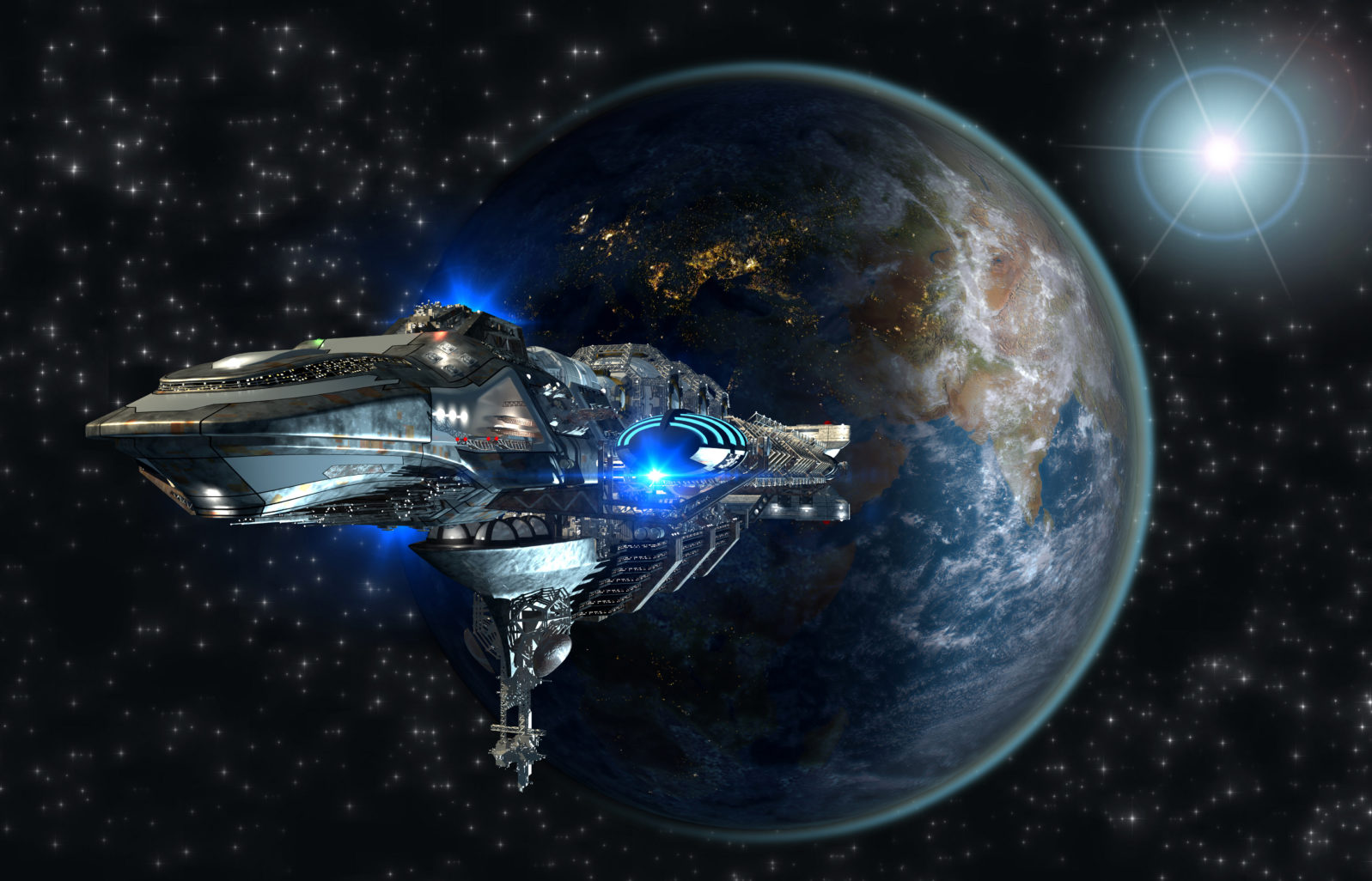Interstellar Travel: The Four Top Technologies for Getting There
Astrophysicist Adam Frank looks at the technologies we meet in science fiction and identifies the challenges that hold them backUniversity of Rochester astrophysicist Adam Frank looks at the possibilities of interstellar travel, given the “insane scale” of the distances between stars and galaxies, in relation to space exploration, whether by ourselves or by intelligent extraterrestrials.

Science fiction usually starts with the assumption that the distance problem is somehow already solved. What real-world proposals are out there now for solving it? At Big Think, Frank offers four: Cryosleep, solar sails (or light sails), wormholes, and warp drives.
Cautioning that they may all be pipe dreams, he offers some thoughts.
Possibly the most intriguing is cryosleep:
Cryosleep technology would basically “freeze” the body’s metabolism (or at least slow it down) for the duration of the journey. Despite being a staple of science fiction, no one even has come close to getting this to work for higher animals (like mammals). Still, it is the kind of solution that doesn’t require magical new physics to exist — maybe just magical new biology. Also, if “post-biological” life is really a thing, then maybe some aliens switch to silicon-based machine forms, and thus the question of long timescales is no longer an issue.
Adam Frank, “The technology we (or aliens) need for long-distance interstellar travel” at Big Think (November 18, 2021)
Researchers have had some luck with raising nematode worms (which survived a space shuttle explosion) and water bears in space conditions. But these life forms are naturally adapted to survive under conditions that would be lethal for most. We can’t extrapolate from them to humans without ignoring a lot of biology.
About the move to “silicon-based machine forms” — that’s one of the hypotheses as to why we don’t see extraterrestrials: the Aestivation Hypothesis. On this view, advanced life forms exist indefinitely but in a digitized form. In fact, some futurists think that technologically advanced life forms will usually transition to an ageless digitized existence.
But, of course, whether or not digital human travel in remote reaches of space is possible, that’s not what most of us would think of as interstellar travel anyway. We tend to picture ourselves — as, well, ourselves — speeding through galaxies. If we were digital, the galaxies we sped through might as well be our own digital creations anyway, as opposed to physical explorations of the physical world.
Frank also discusses solar sails which, if large and light enough, could use the energy from the sun or giant lasers to reach the speed of light, cutting the time taken to reach nearby stars from, centuries to decades. Trouble is, he notes, if we wanted to stop anywhere, we would need a similar device at the other end to slow it down.
He also discusses wormholes, as predicted by Einstein’s general relativity:
Wormholes are the kind of transport portrayed in Star Trek: Deep Space Nine The problem here, Frank says, is that we would need anti-gravity exotic matter (with negative mass) to keep the two mouths of the wormhole open. So far that exists only in a mathematical theory.
Some think the problem isn’t insurmountable though. Stony Brook astrophysicist Paul Sutter reported last week that a recent study contradicts earlier fears that wormhole shortcuts would immediately collapse: “it points out that wormholes aren’t quite as catastrophic as they first appeared, and that there may be stable paths through wormhole tunnels, perfectly allowed by general relativity.” (Space.com) Either way, it is very theoretical and on a very far horizon just now.
We encounter the same problem with warp drives, where a warp bubble in front of a spaceship bends spacetime. That technology, according to NASA, remains “at the level of speculation,” apart from science fiction (it’s a staple, of course, in Star Trek).
Warp drives would require exotic matter too. They would also release huge shock waves, according to Frank (“this blast of energy would fry everything in your path and sterilize any planet you were visiting”).
While Frank is generally pessimistic, he doesn’t rule out the possibility that the strange physics of quantum mechanics will find a way around all this via a new theory of quantum gravity, which he discusses. Meanwhile, it’s fair to say that, while interstellar travel is not the Next Big Thing, the concepts around it are fascinating in themselves.
You may also wish to read: The Aurora Hypothesis: ET could risk only rare contact with us. Given the difficulties and risks of space travel, extraterrestrials with advanced technology may have visited Earth only one in a million years, researchers say. After centuries of modern science, we are just now looking for fossil bacteria on Mars, not without risk. ET may be in the same position. (Adam Frank was one of the astrophysicists who gave this hypothesis the name “Aurora.” )
